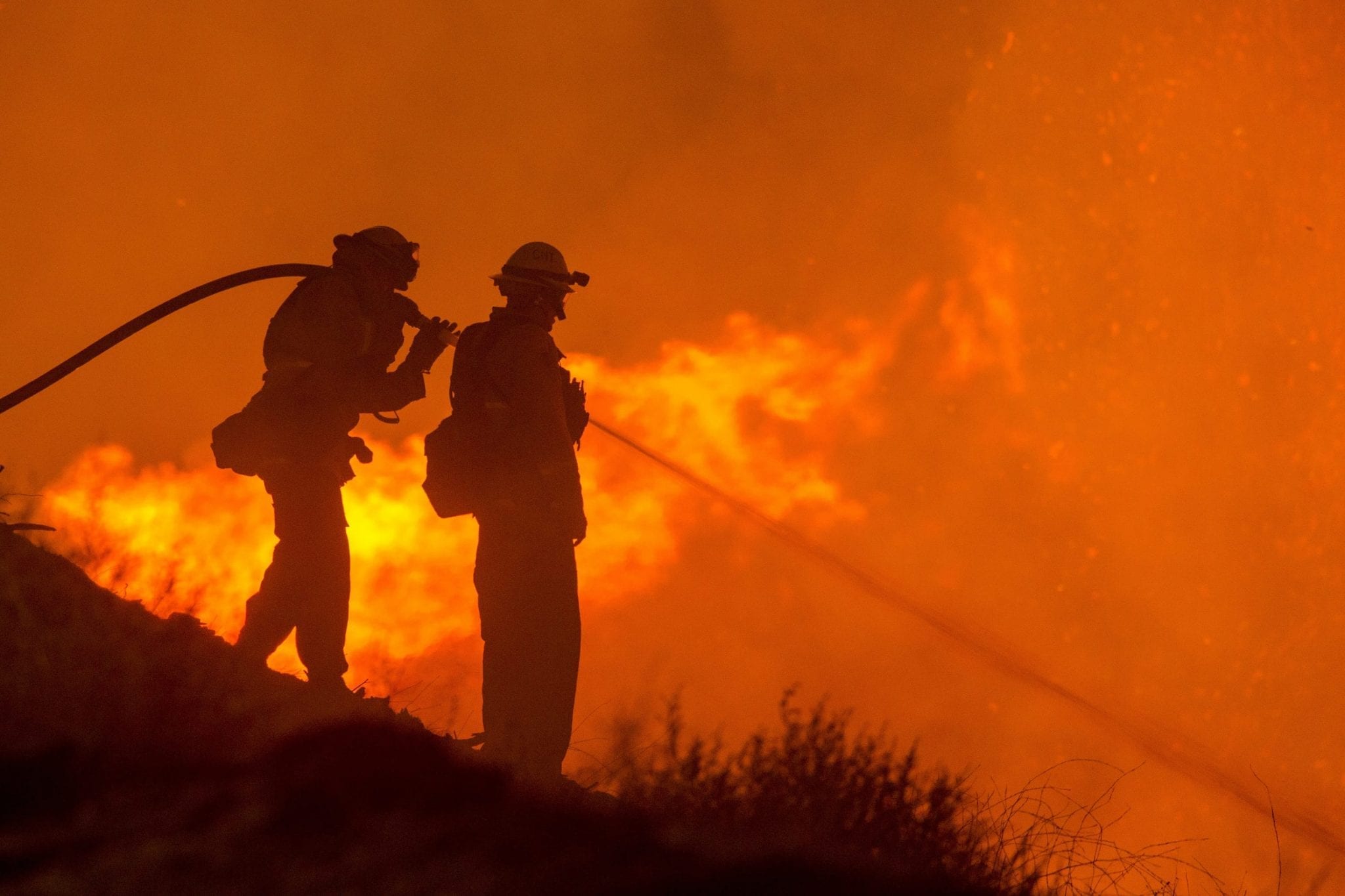Burning Down the House
Growing up in Australia, one is no stranger to raging wind, seas, brutal and harsh sunlight, and the constant blazing fires that char their way through every summer. For those interested in the environment and monitoring global changes, it won’t be new that Australia’s political decisions and pollution levels remain ever-shifting, the former standing still, the latter rising. The end of 2019-2020 was pivotal for the world as they looked on the scenes in Australia and saw a new reality.
On 16 February 1983, I was seven years old, in a Melbourne suburb called Ashwood, staring out of my grandparents’ dining room window. It was a white-framed kitchen window that looked onto a long grassy backyard where we would usually pick our veggies and strawberries my grandfather planted, have family gatherings, hang the clothes and play. But on this day, we could not go outside.
The sky was red grey, not red and not grey but a heady mix of both which made it feel heavy and sooty, almost suffocating. Alliteration be damned – it was most definitely ashy. The day became known as Ash Wednesday as it was Ash Wednesday on the religious calendar that year. 45 people died in Victoria and years of dry conditions and extreme heat with a severe gust of wind brought 8,000 people out of their homes in evacuations and numerous livestock lost, not to mention homes.
There are seasonally affected times throughout the year, around the world, where fires, bushfires, extreme heat fires are anticipated – this is nothing new. Depending on the types of trees in these forests and at what range the temperature rises, fire results. Historically, action plans are in place through local, state and national authorities to combat such eventualities.

The new norm
Australia is one such country which has an ingrained voluntary fire-fighting program to deal with bushfires every summer. The native eucalypts which cover more than 70% of all forests are combustible at high temperatures, and when mixed with human error, can be deadly. The Climate Council of Australia released a report back in November 2019 saying categorically: This is not normal – Climate Change and Escalating Climate Change Risk.
“For more than 20 years, scientists have warned that climate change would increase the risk of extreme bushfires in Australia. These warnings have now become reality and we are seeing communities paying the price,” says the Climate Council’s CEO, Amanda McKenzie.
“Bushfire seasons are now stretching from spring to autumn, and in some areas even into winter. The window to conduct fuel reduction burns is now very narrow. […] Fires are becoming more difficult and expensive to fight and sharing resources is becoming more difficult between states and territories and countries,” says McKenzie.
As global temperatures rise, fires have increased due to the number and intensity of heat waves; the hotter and drier the periods, the lengthier the fires become, now being labeled ‘uncontrollable’ as they are hard to put out and continue to expand across the dry, wooded, mostly forested areas. On the scariest day of fires in Australia, the country hit record temperatures globally with 48.9 degrees Celsius.

As the summer months down under progress we’ve seen a new type of devastation, wildlife, biodiversity and native animals to Australia, iconic to so many of us, being faced with little to no habitat left, death and in some cases extinction.
The size of the fires during what has become known as the Black Summer is proportional to the size of Belgium or from Birmingham to London if you were looking at a map of England. The expanse and land cover that was in flames has been so wide at certain stages and continuous that it developed its own cloud system causing thunder to spark new fires, what the Australian Academy of Science called “violent, fire generated storms”.
A fireproof future?
Looking out of my window now in Brussels, the fires, although far from the city, seem never-ending and present. There is one raging in California, as well as Colorado. There are several igniting and being managed in Southern Europe going through the hottest part of its summer, and the last few months have brought the horrific news of fires in the Arctic with temperatures there that have never been recorded before.
In Australia, fire season is about to begin again as spring starts blooming. The WWF updated its findings and now records three billion animals impacted by the Australian fires at the beginning of the year. Reports in Nature magazine have called for a nationwide Monitoring Agency saying ‘Comprehensive fire surveillance will strengthen resilience and adaptation to climate change’.
We move from crisis to crisis as climate change accelerates, the UN has unequivocally pointed to climate change and biodiversity loss as causing all manner of health issues, including pandemics; but, unless the flames are licking the side of our house, do we act to ensure their future is fireproof?
What are the different types of bushfires? More from UNEP here
How do you fight extreme wildfires? The European Forest Institute and an Australian firefighter talk to the BBC.